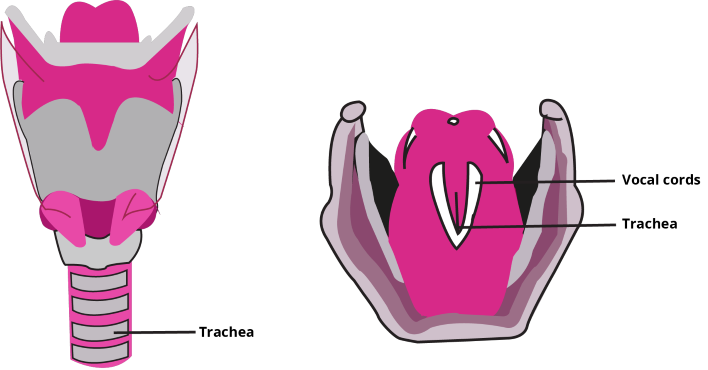Sound Class 8 Questions and Answers with Detailed Solutions
FAQs on NCERT Solutions for Class 8 Science Chapter 10 Sound 2025-26
1. How is sound produced according to Class 8 Science?
According to NCERT Class 8 Science, sound is produced by vibrating objects. When an object vibrates, it creates disturbances in the surrounding medium (like air). These vibrations travel as waves to our ears, which we perceive as sound.
2. Why does sound need a medium like air or water to travel?
Sound travels as mechanical waves, which require particles to vibrate and pass the energy along. In a vacuum, there are no particles. Therefore, a medium (solid, liquid, or gas) is essential for the propagation of sound.
3. Where can I find reliable NCERT Solutions for Class 8 Science Chapter 10?
NCERT Solutions for Class 8 Science Chapter 10 are available on Vedantu. These solutions are prepared by subject experts and provide clear, step-by-step explanations for all the questions in the textbook, ensuring conceptual clarity and accuracy.
4. What is the difference between loudness and pitch?
Loudness is determined by the amplitude of a sound wave; a larger amplitude results in a louder sound. Pitch is determined by the frequency of vibration; a higher frequency results in a higher-pitched (shriller) sound.
5. How do Sound Class 8 NCERT Solutions help in exam preparation?
These solutions help you understand the correct way to frame answers as per the NCERT guidelines. By practising with solved questions, you can identify important topics, manage time better, and improve your confidence for the final exams.
6. What are audible and inaudible sounds for humans?
The human ear can detect sound frequencies between 20 Hz and 20,000 Hz, known as the audible range. Sounds with frequencies below 20 Hz (infrasound) or above 20,000 Hz (ultrasound) are inaudible to humans.
7. Can I download the Sound Class 8 questions and answers as a PDF?
Yes, you can easily download the complete Sound chapter Class 8 questions and answers as a Free PDF. This allows for convenient offline learning and revision, helping you study anytime without needing an internet connection.
8. What is noise pollution and how can it be controlled?
Noise pollution is the presence of unwanted or excessive sound that can harm human health. It can be controlled by reducing sources of noise, planting more trees to absorb sound, and using sound-insulating materials in buildings.
9. What is included in Vedantu's Class 8 Science Chapter 10 question answer PDF?
The PDF includes detailed answers for all the in-text and end-of-chapter exercises from the NCERT textbook. Each solution is crafted by experts to be accurate, easy to understand, and aligned with the latest CBSE syllabus for effective learning.
10. How does the human ear receive sound?
Sound waves enter the ear canal and make the eardrum vibrate. These vibrations are amplified by three tiny bones in the middle ear and then transmitted to the inner ear, where they are converted into nerve signals for the brain to interpret.


























